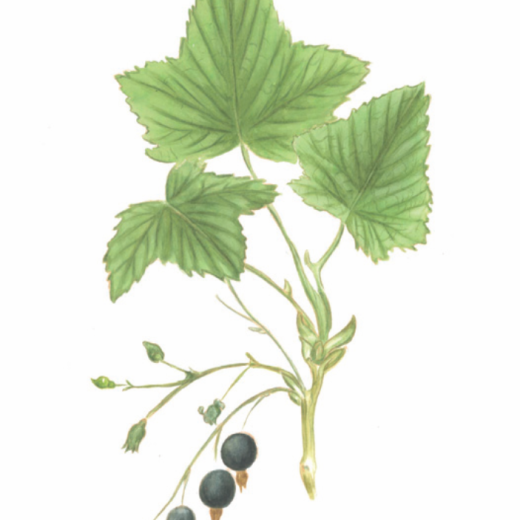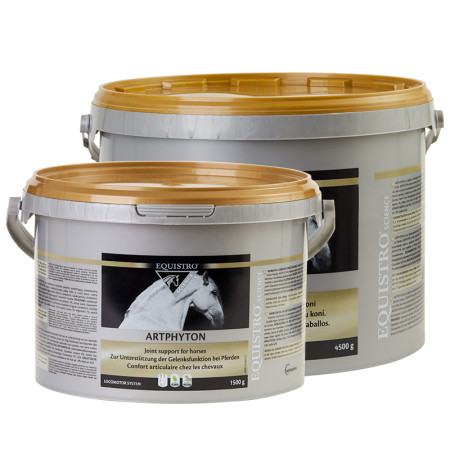
Black Currant (Ribes nigrum)
Description
Blackcurrant (Ribes nigrum), also known as cassis, is a plant species from the gooseberry family. It is found in temperate zones and is distributed across the entire Eurasian continent.
Properties
The blackcurrant plant is rich in many phytonutrients, (antioxidants, vitamins, essential fatty acids) and minerals and particularly renowned for the high content in vitamin C, GLA (Gamma- Linoleic acid) Omega-6 essential fatty acids and flavonoids (rutin, isoquercitrin and myricetin).
Possible uses
Blackcurrant blossoms can strengthen the body's own resistance and has anti-inflammatory properties. Blackcurrant is therefore particularly suitable in combination with other herbal substances with similar ingredients to support joint complaints and general chronic weakness.
Important to know
Beside the above described properties, Blackcurrant extract has also been shown to increase peripheral blood flow in a blinded human study.

